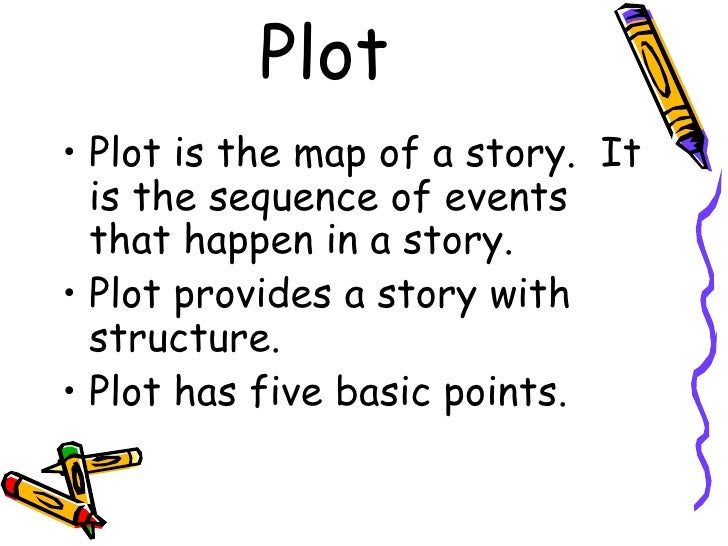

According to author Orson Scott Card, either action or summarization could be right, either could be wrong. The main advantage of summary is that it takes up less space.

The reader is told what happens, rather than having it shown. Summarization (also referred to as summary, narration, or narrative summary) is the fiction-writing mode whereby story events are condensed. Author Peter Selgin refers to methods, including action, dialogue, thoughts, summary, scene, and description.

Author and writing-instructor Jessica Page Morrell lists six delivery modes for fiction-writing: action, exposition, description, dialogue, summary, and transition. Agent and author Evan Marshall identifies five fiction-writing modes: action, summary, dialogue, feelings/thoughts, and background. Fiction-writing also has distinct forms of expression, or modes, each with its own purposes and conventions. It has, as we shall see, important consequences for both the logic and the language of the drama." Fiction-writing įiction is a form of narrative, one of the four rhetorical modes of discourse. The distinction is, indeed, implicit in Aristotle's differentiation of representational modes, namely diegesis (narrative description) versus mimesis (direct imitation).

"This is not merely a technical distinction but constitutes, rather, one of the cardinal principles of a poetics of the drama as opposed to one of narrative fiction. According to this definition, 'narrative' and 'dramatic' are modes of fiction: "For the medium being the same, and the objects the same, the poet may imitate by narration-in which case he can either take another personality as Homer does, or speak in his own person, unchanged-or he may present all his characters as living and moving before us" (section III). Kinds of poetry, he writes, may be differentiated in three ways: according to their medium of imitation, according to their objects of imitation, and according to their mode or 'manner' of imitation (section I). When he purchases two droids and views a message about a princess in danger, the action begins to rise.In his Poetics, the ancient Greek philosopher Aristotle uses 'mode' in a more specific sense. The exposition continues as we learn that Luke lives with his uncle, his father is dead, and he doesn't enjoy life on a farm. Exposition is the first part of the plot sequence in a story. What is an example of exposition in literature?Įxposition Examples. Tommy kicked angrily at the rocks in front of him as he walked to the little store up the road. Expositions are the place to show the reader a little bit of the location and what kind of time is involved in the story, along with some of the major characters. Start with vivid place or a strong narrator's voice.Īlso know, what is an example of an exposition?Įxamples of Exposition.Build story exposition using dramatic contrast.Create unknowns readers urgently want answered.Be imaginative in how you introduce character background.Introduce curious information about your characters.This information can be about the setting, characters' backstories, prior plot events, historical context, etc.Īlso, how do you write an exposition in a story? Writing story exposition: Examples and tips Just so, what is the exposition of the story?Įxposition (narrative) Narrative exposition is the insertion of background information within a story or narrative. Exposition is a literary device used to introduce background information about events, settings, characters, or other elements of a work to the audience or readers.


 0 kommentar(er)
0 kommentar(er)
